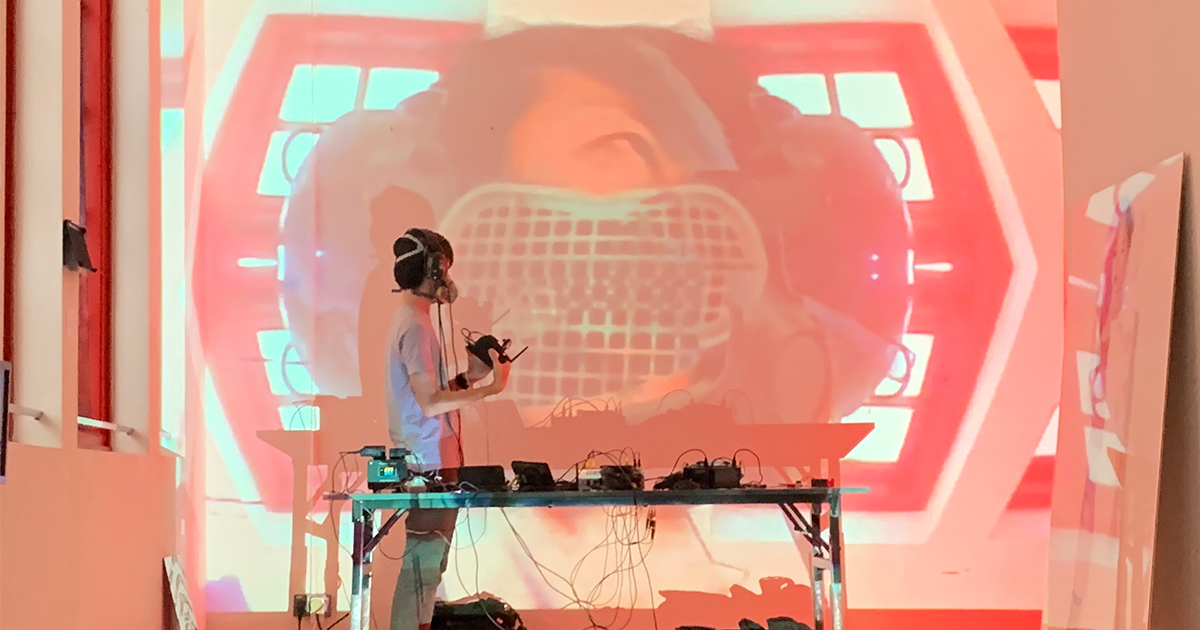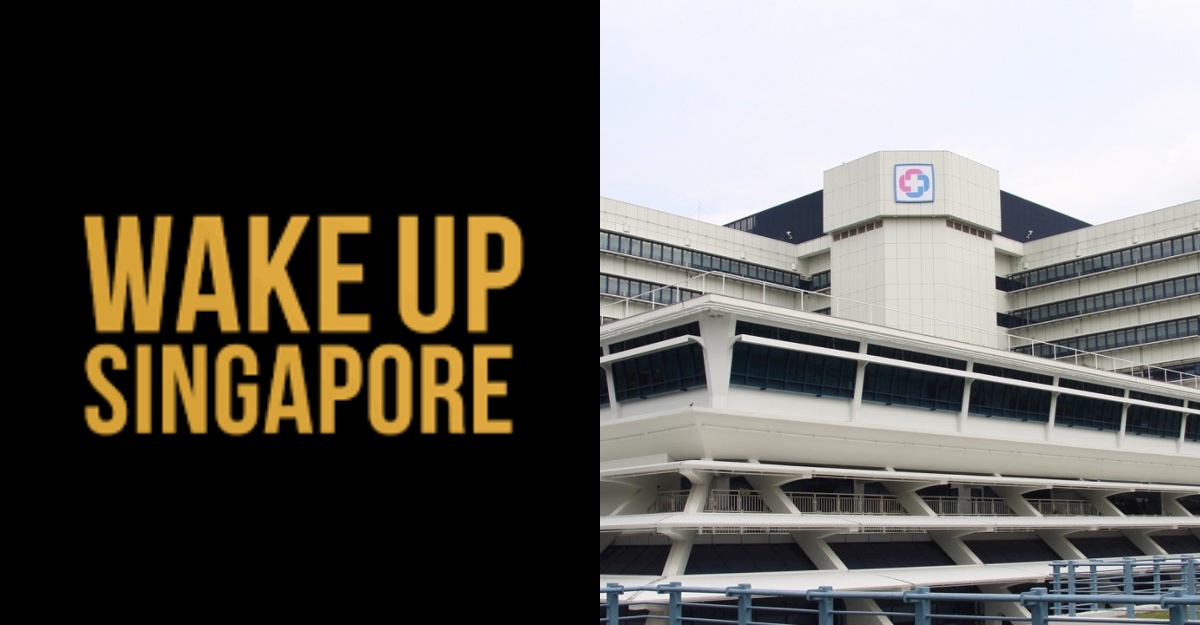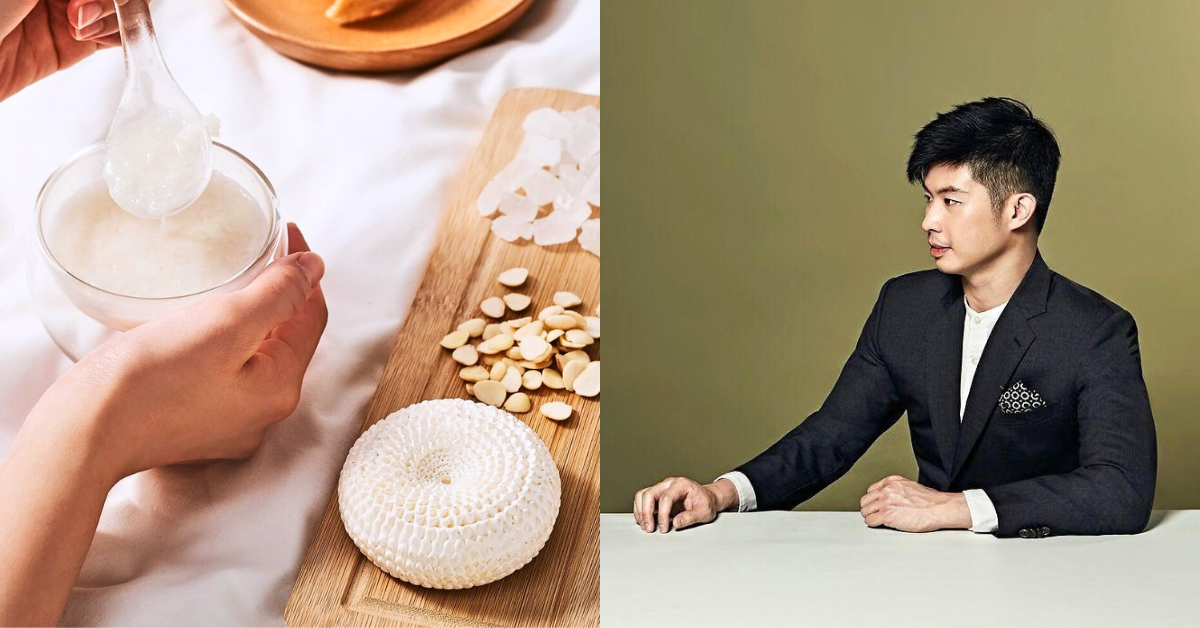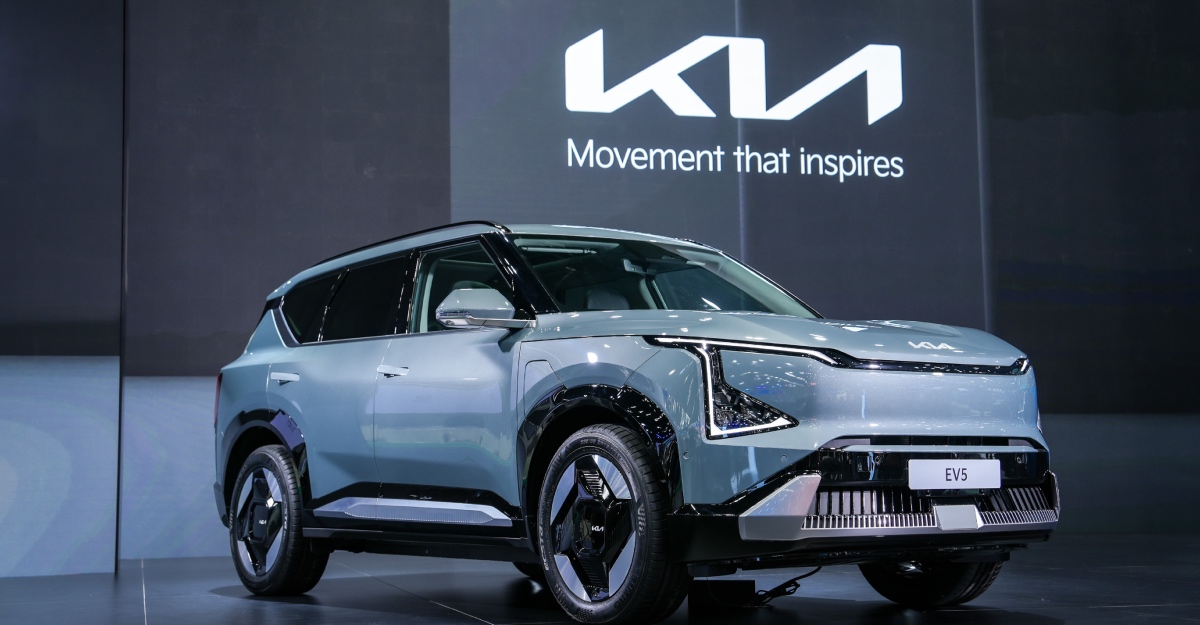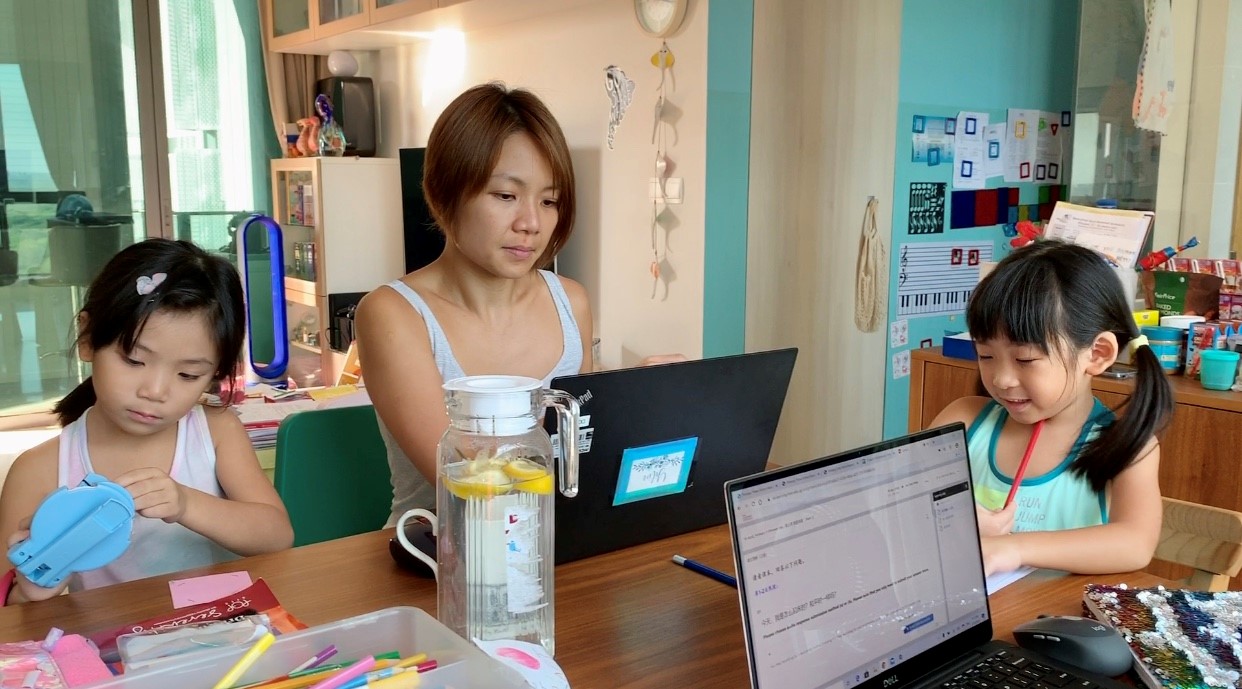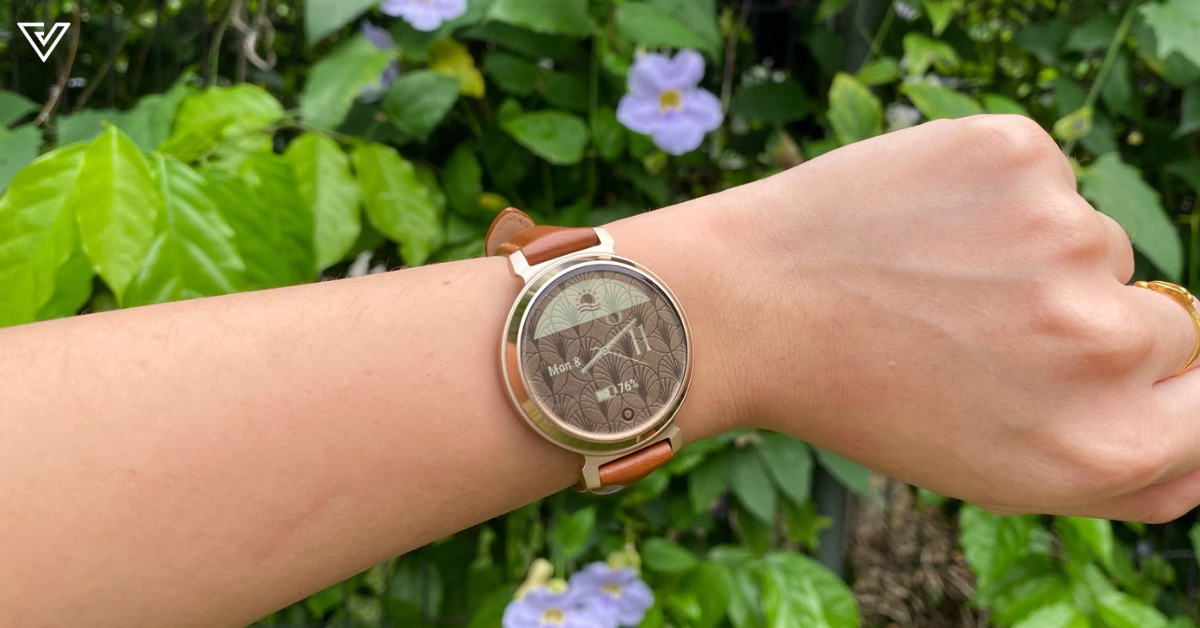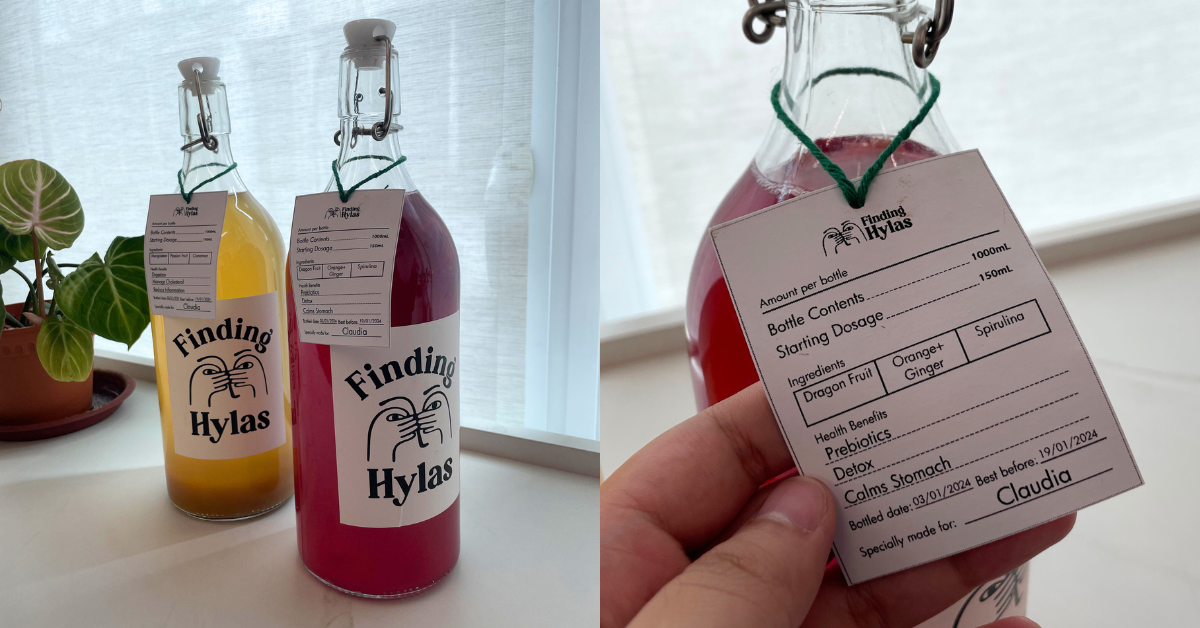People tend to perceive art and technology as two separate faculties that are as different as day and night.
When we think of art, most of us naturally picture framed paintings and sculptures in a museum hall. Technology, on the other hand, brings to mind computers and futuristic machines.
However, they’re not exactly worlds apart. Tech has had a growing role in the creative world for years, helping artists push boundaries and express their ideas in ways they couldn’t have done before.
The possibility of making digital art was a great leap of innovation when computers first arrived. While we have grown accustomed to such innovations, the influence of tech is clearer than ever today.
When we visit art exhibits, we often get blown away by not just their beauty, but also by how ‘smart’ they are in terms of their ability to interact with us. However, this is just the tip of the iceberg as we continue to explore further the integration of art and tech.
We spoke to two local artists to learn and understand more about this intertwined relationship, and how exactly they’re using tech to transform the art world.
Haikel Yusuff

Experimenting with tech is a big part of Haikel Yusuff’s job as Chief Creative Technologist at MeshMinds, an IMDA-incubated creative studio that specialises in virtual reality (VR) and augmented reality (AR).
We are definitely at a point where technology is somewhat ubiquitous in the way we create. From ideation to completion, we have access to so much hardware and software at our disposal, and that’s amazing.
“Implementing tech allows me to create an interactive interface between the works and the user, [adding] another dimension to the experience,” says Haikel.
So instead of just viewing with their eyes, people can use the movements of their bodies and their voices to take part in the artwork too.

One of the trusty tools under his belt is Facebook’s Spark AR, which provides the face-tracking technology that allows him to design fun Instagram selfie-filters.
Selfie-filters are a massive trend on Instagram right now. People are hooked on sharing all sorts of weird and wacky iterations — from filters that tell you what type of Pokemon you are, to playing games by blinking your eyes.
Haikel tells us his very first Instagram filter was made as a commentary to “counter the selfie culture”. It obscures your features with a mix of cut-outs from vastly different faces, rendering you unrecognisable.
People have become a part of his art by snapping and sharing their ‘selfies’ with the filter “over 9 million times”.

“Look at how major tech companies are investing in wearable technology like AR glasses. When [AR devices] become the new norm like how smartphones are today, I think we will see an abundance of art around us, even if it’s through digital means,” he says.
MeshMinds’ work will be displayed at Singapore Art Week 2020 till 19 January. In collaboration with six local artists, they produced an interactive walking trail. Called AR.T Trail, it lets people experience public art in the Tanjong Pagar district both physically and digitally.


Sculptures and murals have adorned our urban environment for years, but with this new trail, visitors will get to interact with them in a new and fresh way as it enables art to come alive on-screen.
Urich Lau

As an experienced artist and independent curator who has exhibited in countries all around the world, Urich Lau built his career based on a solid foundation in fine arts.
His “geeky interests” led him to pick up coding and research “scientific theories and technological methods” could be applied to his work.
As an avid camera-lover, Urich cites it as an example to explain how technology always had a role in making art.
About 200 years ago, the camera obscura (pinhole camera) was invented. And since then, artists or image-makers have constantly been adopting new tools to work with.
“Even when they weren’t electric or electronic, new tools such as the paintbrush were also technologies of their time that enabled artists to create. I don’t see technology as a change, but a natural progression to making art,” says Urich.

Urich even formed a collective called INTER–MISSION that is dedicated to exploring discourses of technology in art.
One of its recent projects utilised digital manipulation to get people thinking about how technology impacts our memories.
Equipped with VR goggles, visitors looked at images of Singapore’s landmark buildings and had the power to ‘remove’ them from sight, leaving the spaces empty where they once stood.


At Singapore Art Week 2020, Urich is one of nine artists behind DE:VOTED, a seven-day live audiovisual exhibit from 13 to 19 January, that comprises installations, workshops and guided tours.
The exhibit features the use of a 360-degree camera to capture all the activity happening from the middle of the gallery, allowing visitors to become part of an “open surveillance”. They can also watch the playbacks of these recordings each day.
“I am adopting the idea that tech is everywhere, seen or unseen,” says Urich.
Tech Is Everywhere At Singapore Art Week 2020
The way Haikel and Urich see it, technology has been used in art ever since people started innovating.
In recent years however, the trend is growing in a way that opens our eyes to it more than ever, as technology allows participants to get more deeply involved.
Beyond this duo, many other artists are also showcasing this phenomenon at Singapore Art Week, which returns for its eighth edition from 11 to 19 January 2020.
With the theme ‘Art Takes Over’, this annual celebration is packed with more than 100 art events happening islandwide, including the Light To Night Festival 2020: Invisible Cities, and Singapore Biennale 2019.

Visitors can get a taste of ‘smart art’ at Light To Night’s Art Skins on Monuments: City States of Mind, where the facades of seven landmark buildings will be transformed through projection mapping.
Some of the locations also feature an interactive element that lets you scan a QR code with your smartphone, so you can contribute your own customisable tile to the projected image.

At the Singapore Biennale, Lawrence Lek’s 2065 brings visitors into a gaming station set 45 years in the future, where they can get immersed in “a fully furnished parallel universe” through a video game experience.

Beyond witnessing the marriage of tech in art, you can also personally learn more about it from artists at The Open Workshop.
Through a series of exhibitions and public workshops, artists cast the spotlight away from their artwork and shine it on the technological processes behind their art-making instead.
Thanks To Technology, We’re All In On The Fun
Technology has given rise to various ways of collecting meaningful feedback from large groups of people, and Singapore Art Week 2020 is also employing a fun mechanism to find out what visitors enjoyed most at the event.
Using facial recognition technology, an interactive digital screen outside City Hall MRT station will detect people’s faces as they pass by. Instead of clicks and ‘likes’, passersby can simply flash their smile to vote for their favourite artwork.
And as today’s saying goes: ‘If it wasn’t on Instagram, did it really happen?’ That said, it’s safe to say that people will be posting Insta-worthy shots of their favourite exhibits on social media throughout the event.
Moreover, Singapore Art Week 2020 has two AR filters available across the duration of the event that you can play with and see how ‘Art Takes Over’ your Instagram stories.
To find out more about these exhibitions and explore the full list of programmes, visit the Singapore Art Week 2020 website here. You can also follow the event’s Facebook page and Instagram profile to stay up-to-date, and use the hashtags #sgartweek and #ArtTakesOver to join in on the fun!
This article was written in collaboration with the National Arts Council.
Featured Image Credit: Urich Lau / Singapore Art Week
